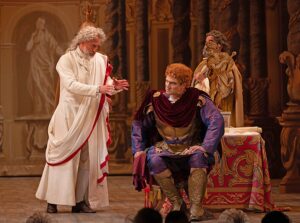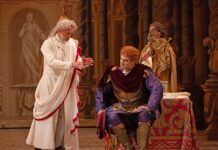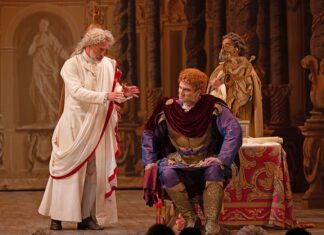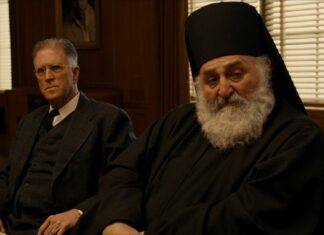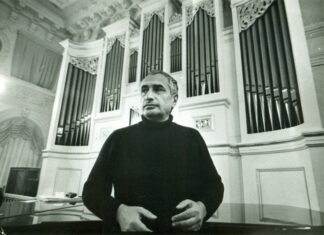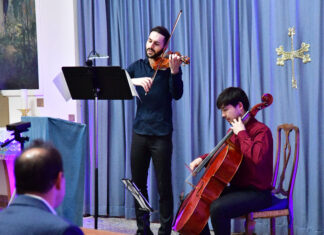 By Alin K. Gregorian
By Alin K. Gregorian
Mirror-Spectator Staff
WESTON, Mass. — Todd Bartel is an artist who not only creates art himself, but through his vocation and avocation, he teaches art and also presents the art of other artists to the world. He has also brought the story of the Armenian Genocide, through art, to his gallery.
Bartel has been teaching at the Cambridge School of Weston (CSW) for the past 16 years. In addition, he is the founder of the school’s Thompson Gallery.
In a recent interview he said that as far as he is concerned, the gallery should be dedicated to the work of the students, so that “those in the outside word” can come in and see the creativity of the students.
In addition, the gallery holds many installations by outside artists that are “forward looking.” That spirit is in keeping with the school, which is a progressive coed school.
